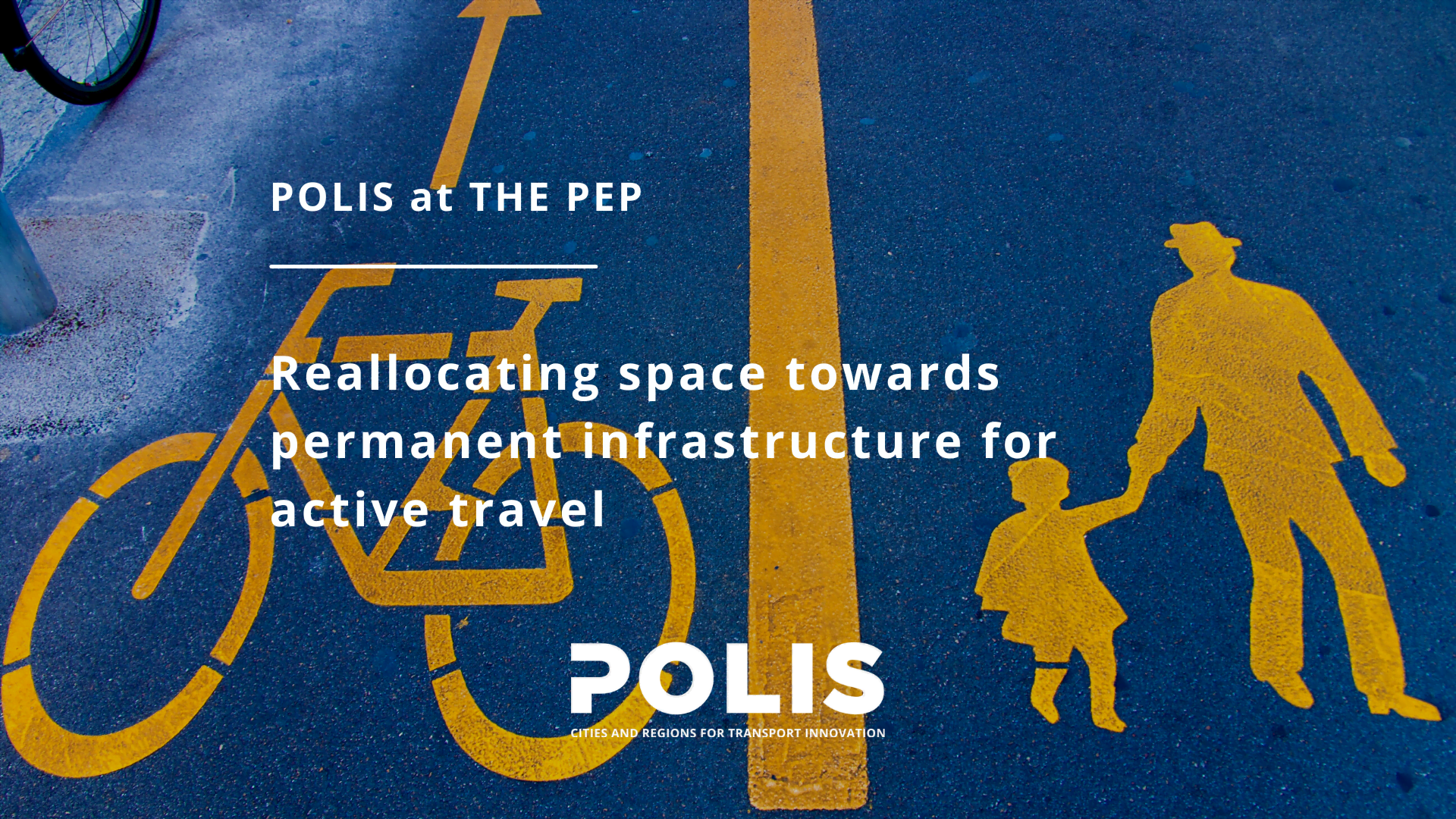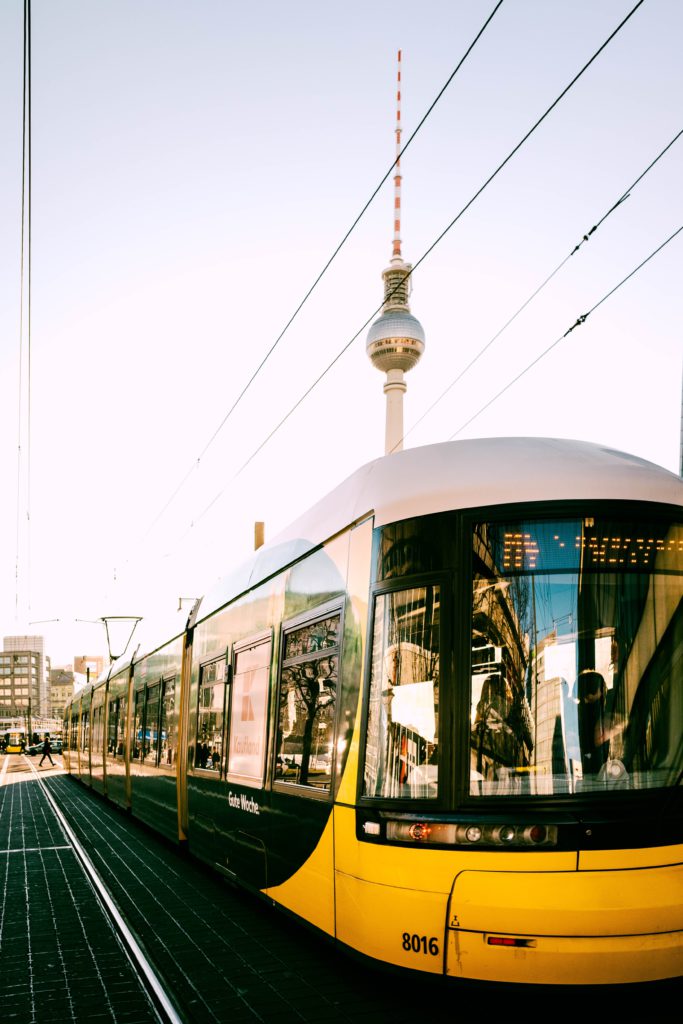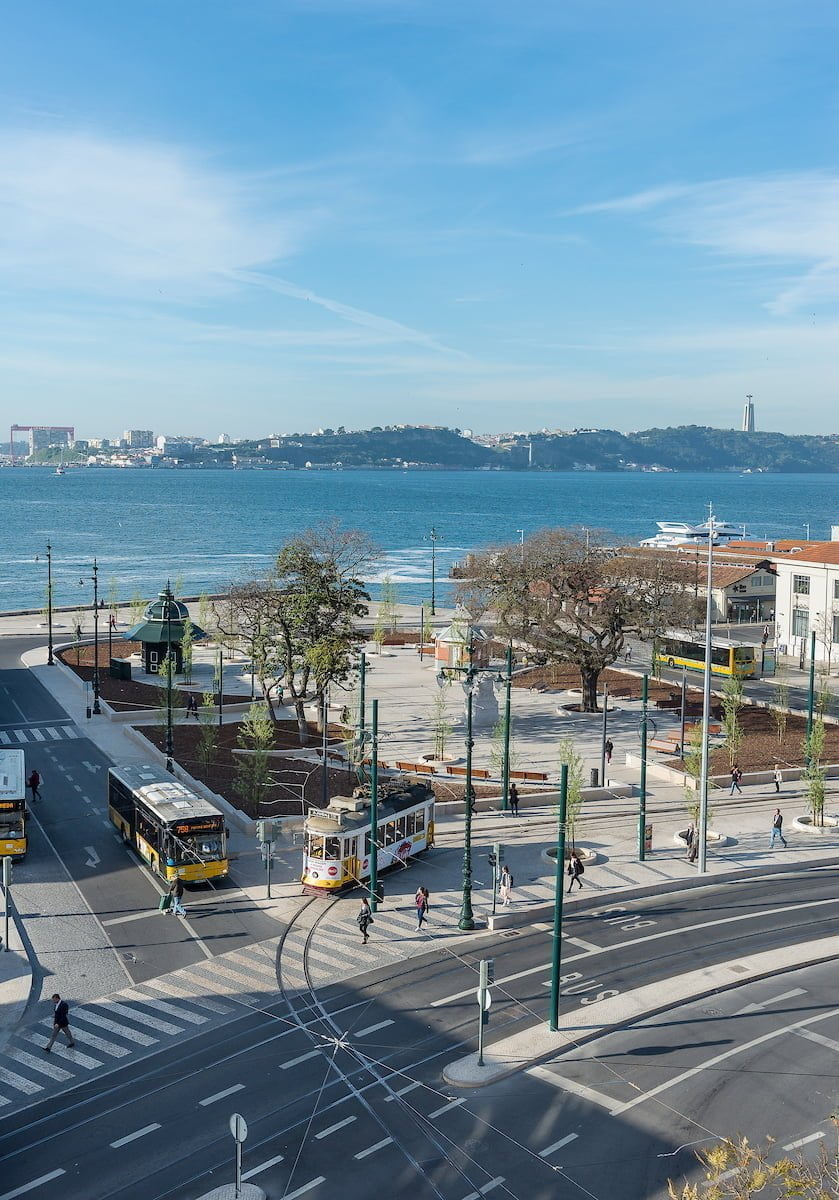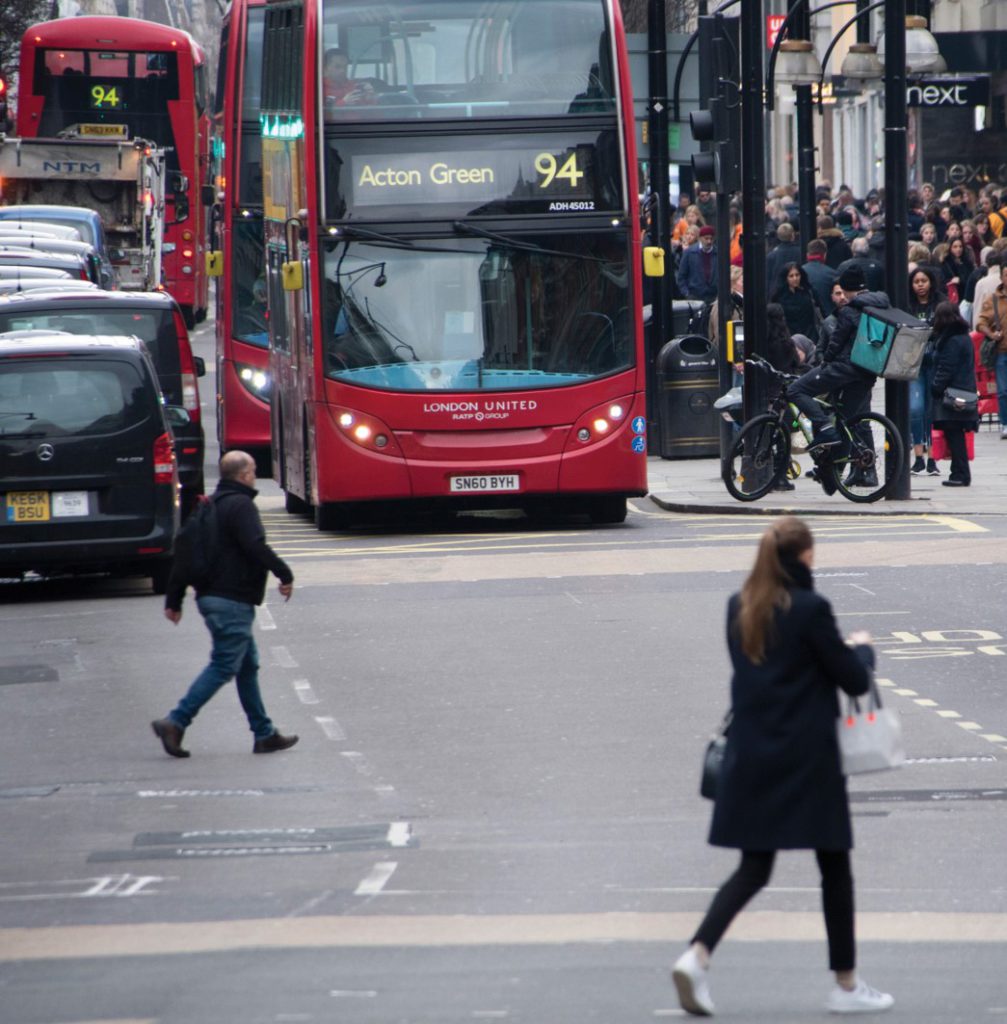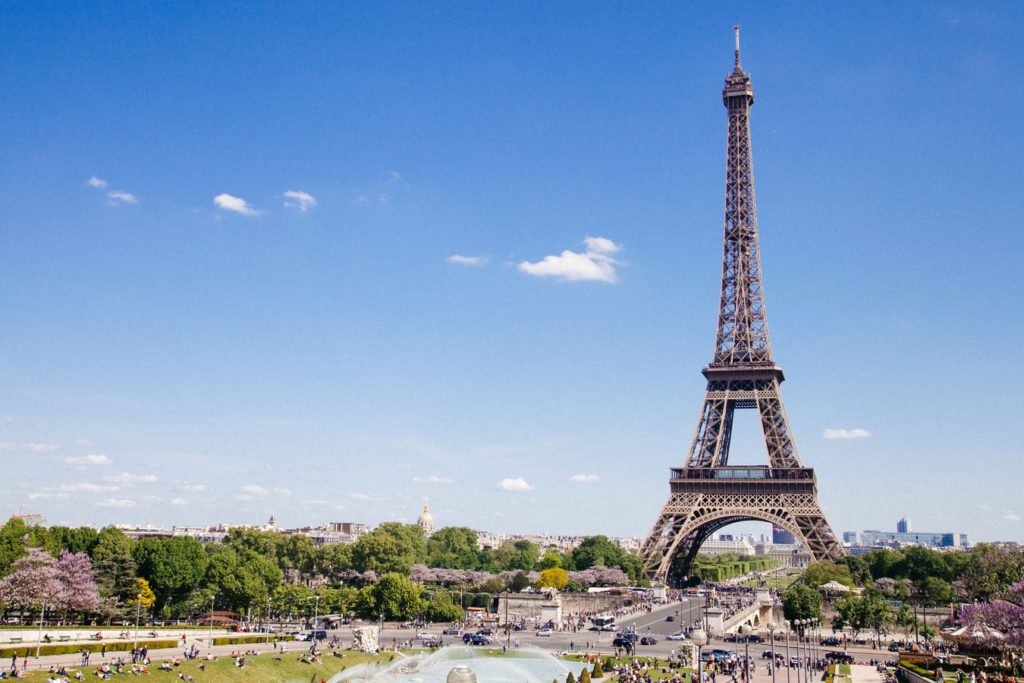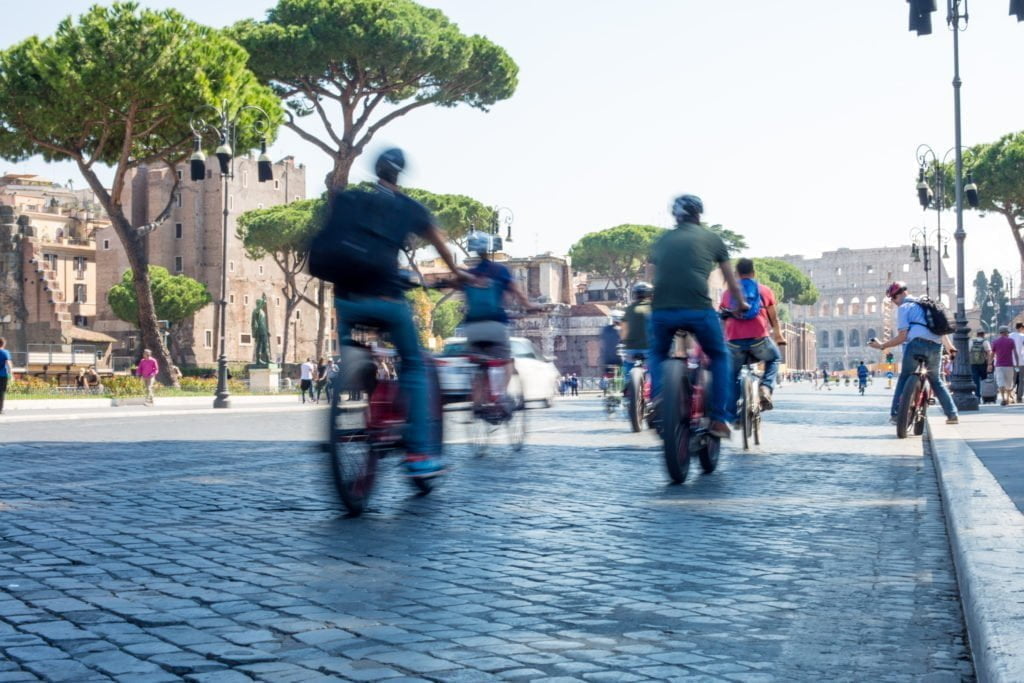THE PEP: Reallocating space for active travel
THE PEP, a joint programme of UNECE and WHO/Europe, provides a unique intersectoral policy platform that seeks to encourage transport policy-makers and urban planners to consider the health and environmental impacts of transport and address these through shared policy approaches.
POLIS Active Travel Working Group organised an official side event for the Fifth High-Level Meeting on Transport Health and Environment (5HLM) to discuss the reallocation of space towards permanent infrastructure for active travel.
Making space for cycling… permanently!
For cities to embrace more active travel, and thus to grasp the health benefits that it can bring, public space -currently dominated by the presence of cars - needs to be distributed in a more balanced way to promote walking and cycling.
Throughout the COVID-19 pandemic temporary walking and cycling infrastructure has been implemented all over the world. Since the COVID-19 outbreak, POLIS has supported the exchange between cities to help them learn from each other and overcome common challenges. This has also been done in cooperation with the Transport Decarbonisation Alliance Community of Interest in Active Travel. More than one year after, we are tacking stock of where we stand!
A study by the Mercator Research Institute on Global Commons and Climate Change (MCC) shows that pop-up cycling infrastructure boosted cycling levels in European cities by between 11% and 48% in the first months of the pandemic. In just a few weeks, the continent had surpassed years’ worth of active travel goals. However, as we emerge from the pandemic, we wait with bated breath to see whether or not pedal power will retain its newfound prowess in the mobility mix.
We asked:
- Can we capitalize on the COVID-19 momentum to increase the share of active travel?
- What challenges are being faced?
- What are the lessons learned from the pandemic?
Bringing together a range of experts from across Europe to discuss what is- and can further be done- to reallocate space towards active travel for permanent changes in the way we move around our cities.
- Sebastian Kraus, Mercator Research Institute on Global Commons and Climate Change
- Jill Warren, ECF
- Peter Broytman, Berlin
- João Camolas, Lisbon
Europe’s great travel transition: tracking and tracing cycle infrastructure
“If cities want to embrace active travel, we need to move away from the predominance of the car, to reallocate space for mobility,” said Karen Vancluysen, POLIS Secretary General.
“We need to know how cities are achieving active travel changes, to understand how we can capitalise on the COVID-19 momentum.”
Recording and assessing progress is therefore essential for understanding where new cycling infrastructure is being established, and the transferability potential of new uses of public space.
Luckily for us, such a tool exists! The European Cyclists’ Federation (ECF) has launched a COVID-19 Cycling Measures Tracker, which details the measures being taken by cities across Europe, comparing the speed and extent to which new cycling infrastructure, traffic calming measures and car free districts are being rolled out.
So far, there has been an astounding 1.7bn Euros allocated to temporary infrastructures and financial assistance for cycling.
A sneaky peek at the leader board reveals the triumph of many POLIS members. Rome sits at the top – little wonder given their unprecedented number of new routes and lanes, with London, Paris, Milan, Brussels and Lisbon following close behind.
“We have been tracking developments, we wanted to understand the trends, and have a good body of evidence to lobby for further cycling infrastructure,” said Ms. Warren.
“However, we need more political will and courage to reallocate space away from cars and towards people.”
What came first, the cyclist or the bike lane?
COVID-19 also presented a unique opportunity to calibrate the impact of new cycle infrastructure. Where usually the creation of new infrastructure is too slow to provide quick impact analyses, pop-up pandemic active travel apparatus has provided a unique empirical context to estimate the pull effect of new cycling infrastructure.
Drawing from his recent research, Sebastian Kraus from the MCC explored new calculations of the impact of individual city cycling intervention.
“There is a clear link between cycling mode share and infrastructure allocation, however there has been a lack of study into this relationship”, said Sebastian Kraus.
Examining 106 European cities, comparing cycling trends before and after infrastructure construction, the researchers found that pop-up bike lanes have led to substantial increases in cycling. Cities were then compared to those who did not establish and new cycling infrastructure.
City case studies
Once we had been given a European overview, it was time to delve into how exactly individual cities are moving from temporary to permanent cycle infrastructure, lessons learned and plans for the future.
On your bike Berlin!
The German Capital has been a frontrunner in establishing new cycling infrastructure during the pandemic- and in record time.
The Berlin district of Friedrichshain-Kreuzberg was one of the first areas in the city to implement emergency infrastructure to facilitate safer and more comfortable cycling in reaction to these changing mobility patterns.
In just 10 days, new measures were brought in to make cycling more accessible to Berliners, creating safe and secure spaces for active travel in the city.
Peter Broytman from Berlin shared some key findings and advice for others:
- Identify and list streets and crossings which require adapting
- Coordinate a transportation committee hearing for the relevant authorities formally involved in the measure on-site if necessary
- Work with municipal communications department to establish clear messaging for press and public relations outreach
- Regular and consistent monitoring of project by the relevant authority
- Determine necessary adjustments based on the evaluation
Lisbon limbers up!
The Portuguese capital has been a leader in transitioning towards active travel. By 2030 the city hopes to have 2/3 of all daily travel to be “green”. However, car use is still growing.
To promote the move from passenger vehicles to pedal power, Lisbon is developing an extensive cycle network alongside a range of measures to open up public space for cyclability.
“Lisbon is ripe for an active travel modal shift, it is relatively flat and citizens often take short trips,” said João Camolas from Lisbon Municipality.
The city saw COVID-19 as an opportunity to speed up space reallocation, and pushed through much new cycling infrastructure.
Tour de Corona: Maintaining the momentum
During the webinar we learnt…
- Unprecedented planning for unprecedented times! The areas which had far more restrictive rules around planning faced challenges implementing pop up active travel infrastructure.
- Keeping up this speed of change requires comprehensive funding, with cycling planning included in national strategies.
- National strategies can provide support for local authorities to implement changes at the city and regional level.
- Simple is best! Many cities have different types of streets which often make new infrastructure difficult to establish. By establishing easily transferable solution, new cycling infrastructure can be translated to different urban environments.
- Re-allocating and opening up space to active travel is a sensitive topic, but experimenting is a good way to win hearts and minds of citizens. Cities are experiencing conflict over this issue, and Lisbon and Berlin shared how they are creating compromises to minimise this.
- Maximising e-bike potential will be a good way to get citizens on the saddle! Funding to support e-bike purchase is helping to promote their use.
See the full recording here.
Find out more about the Active Travel working group here.
